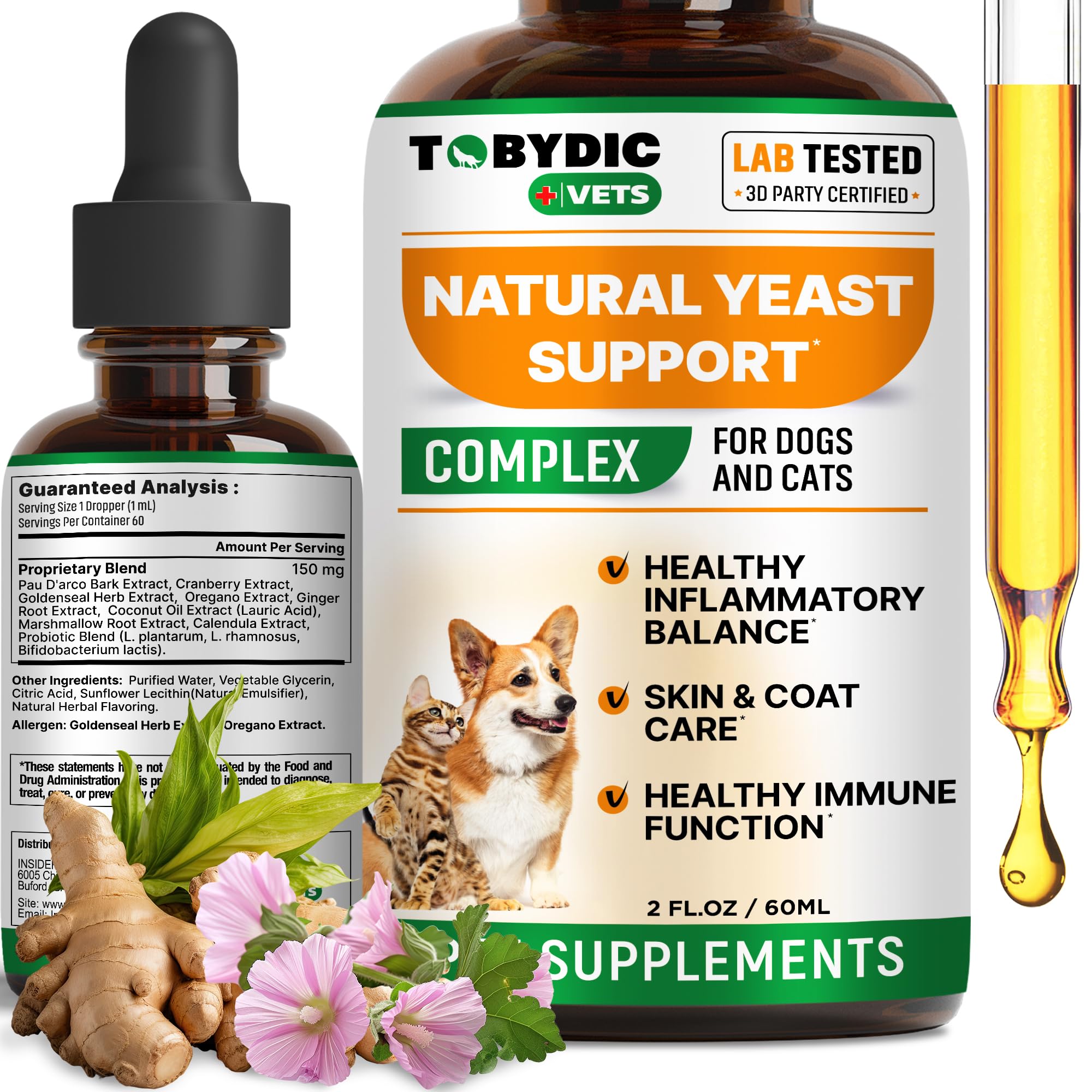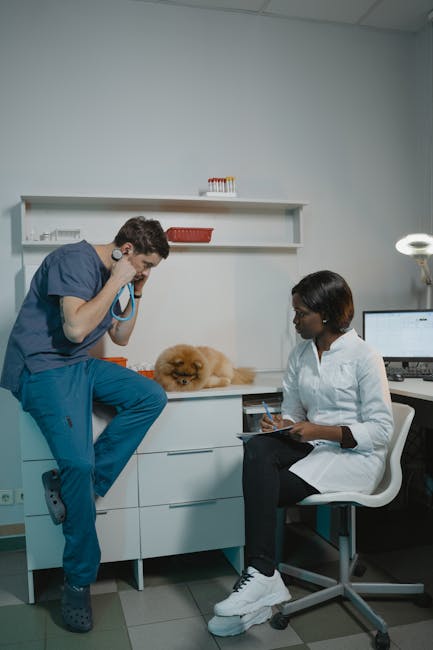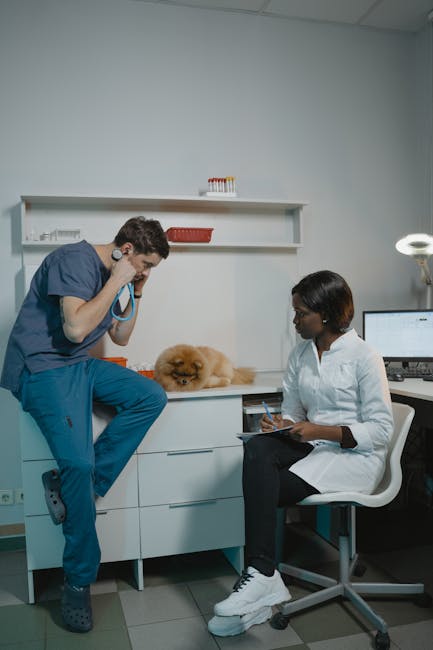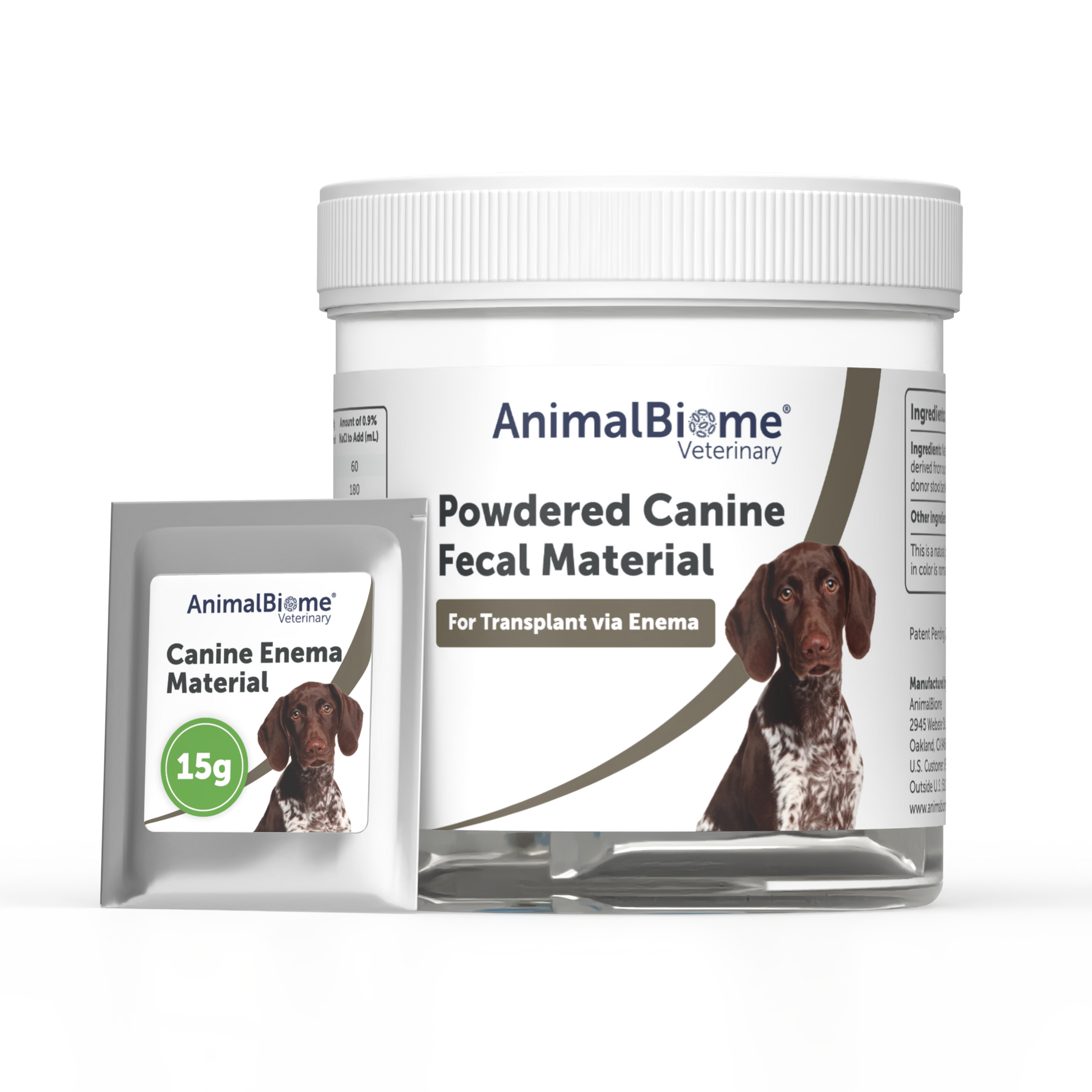If your dog is about to be spayed, you’re probably wondering how long the recovery will take. Knowing what to expect can help you prepare and give your furry friend the best care possible.
You want to make sure your dog heals quickly and comfortably, right? You’ll discover the typical timeline for recovery after spaying, what signs to watch for, and simple tips to help your dog bounce back faster. Keep reading to learn everything you need to support your pup through this important process.
Spaying Procedure Basics
Spaying is a common surgery for female dogs. It helps stop them from having puppies. This procedure needs careful care and recovery time.
Understanding what spaying involves and why it is done can help you prepare for the recovery period. This guide covers the basics of spaying your dog.
What Spaying Involves
Spaying removes a female dog’s ovaries and uterus. It is done under general anesthesia. The surgery usually takes about 30 to 60 minutes.
- The vet makes a small cut in the belly.
- Ovaries and uterus are carefully taken out.
- The cut is stitched closed with sutures.
- The dog wakes up slowly from anesthesia.
- Recovery care starts right after surgery.
Reasons For Spaying
Spaying has many health and behavior benefits for your dog. It also helps control the pet population.
| Reason | Benefit |
| Prevents unwanted puppies | Reduces stray dog numbers |
| Stops heat cycles | Less mess and behavior changes |
| Reduces cancer risks | Lower chance of uterine and breast cancer |
| Prevents infections | Avoids painful uterine infections |
| Improves lifespan | Spayed dogs often live longer |
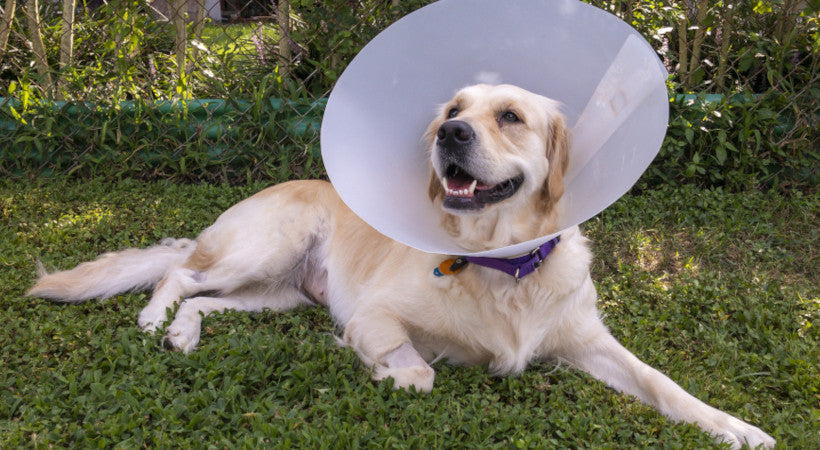
Credit: walkinpets.com
Immediate Recovery Phase
The immediate recovery phase after spaying a dog is crucial. During this time, your dog needs special care and attention.
Understanding what to expect can help you provide the best care possible. Let’s explore the first 24 hours and signs of normal recovery.
First 24 Hours Care
In the first 24 hours, your dog may be groggy. This is normal due to the anesthesia. Make sure they have a quiet space to rest.
- Limit your dog’s activity to prevent strain on the incision.
- Provide small amounts of water and food.
- Monitor for any signs of discomfort or pain.
Signs Of Normal Recovery
As your dog recovers, certain signs indicate normal healing. Keep an eye on these signs to ensure everything is progressing well.
| Sign | Description |
| Appetite | Gradual return to normal eating habits. |
| Energy Level | Slowly regaining energy and playfulness. |
| Incision | Healing without redness or swelling. |
First Week Post-surgery
Spaying your dog is a common surgery that helps prevent unwanted puppies. The first week after surgery is very important for your dog’s healing.
During this time, you need to watch your dog closely. Proper care helps avoid problems and makes recovery faster.
Activity Restrictions
Keep your dog calm and quiet in the first week. Avoid running, jumping, or rough play. These actions can hurt the incision or slow healing.
Limit outdoor walks to short leash trips for bathroom breaks only. No swimming or bathing until your vet says it is safe.
- Use a crate or small room for rest
- Stop all vigorous activities
- Supervise your dog when outside
Managing Pain And Discomfort
Your dog may feel sore or tired after surgery. Give any pain medicine your vet prescribes exactly as directed. Never give human medicine to your dog.
Watch for signs of pain like whining, licking the wound, or not eating. Contact your vet if pain seems severe or lasts too long.
- Follow vet’s pain medication schedule
- Keep your dog comfortable with soft bedding
- Offer water and small meals often
Monitoring Incision Site
Check the incision site daily for swelling, redness, or discharge. A small amount of redness is normal, but swelling or pus is not.
Prevent your dog from licking or chewing the incision. Use an Elizabethan collar if needed to stop licking.
- Look for swelling or heat around the wound
- Note any bad smells or leaking fluid
- Keep the area clean and dry
Two To Four Weeks After Spaying
After spaying, your dog needs time to heal properly. The two to four weeks after surgery are very important. During this time, you should watch her behavior and care for her carefully.
This period is when most dogs start feeling better and can slowly return to normal activities. You can help her recover safely by following simple steps.
Gradual Return To Normal Activity
Your dog’s energy will come back slowly. Avoid rough play or long walks at first. Let her rest more than usual to avoid injury.
- Start with short, calm walks around the yard.
- Watch for any signs of tiredness or pain.
- Keep her away from jumping or running fast.
- Increase activity only if she seems comfortable.
Diet And Hydration Tips
Good food and water help healing. Your dog may eat less at first, but this is normal. Offer small meals and fresh water often.
| Food Type | Recommended Amount | Feeding Frequency |
| Soft, bland food | Small portions | 3 to 4 times daily |
| Fresh water | Unlimited access | Always available |
| Treats | Minimal | Once or twice daily |
When To Contact The Vet
Check your dog’s incision and behavior every day. Some signs need quick vet care to avoid problems.
- Swelling or redness around the wound
- Bleeding or pus from the incision
- Strong pain or whining
- Loss of appetite for more than two days
- Vomiting or diarrhea
- Fever or chills
- Lethargy or weakness
Long-term Recovery Considerations
Spaying your dog helps prevent health problems and unwanted puppies. Recovery lasts beyond the first few days. Long-term care is important for your dog’s well-being.
Understanding what to expect after surgery helps you support your dog’s health. Watch for changes and keep regular checkups with your vet.
Behavioral Changes
Spaying can affect your dog’s behavior. Some dogs become calmer and less aggressive. Others may act more relaxed or less anxious.
These changes usually appear weeks after surgery. Give your dog time to adjust. Positive behavior often lasts for life after spaying.
Weight Management
Spayed dogs may gain weight more easily. Their metabolism can slow down after surgery. Watch your dog’s diet and exercise closely.
Keep your dog active to prevent obesity. Healthy weight reduces the risk of diseases like diabetes and joint problems.
- Feed measured portions of balanced food
- Limit treats and snacks
- Exercise daily with walks or play
- Check weight regularly at home
Follow-up Appointments
After spaying, follow-up visits are key. Your vet checks the healing process and overall health. They spot any issues early.
Keep all scheduled appointments. Tell the vet about any unusual signs like swelling or loss of appetite. Early care helps a smooth recovery.
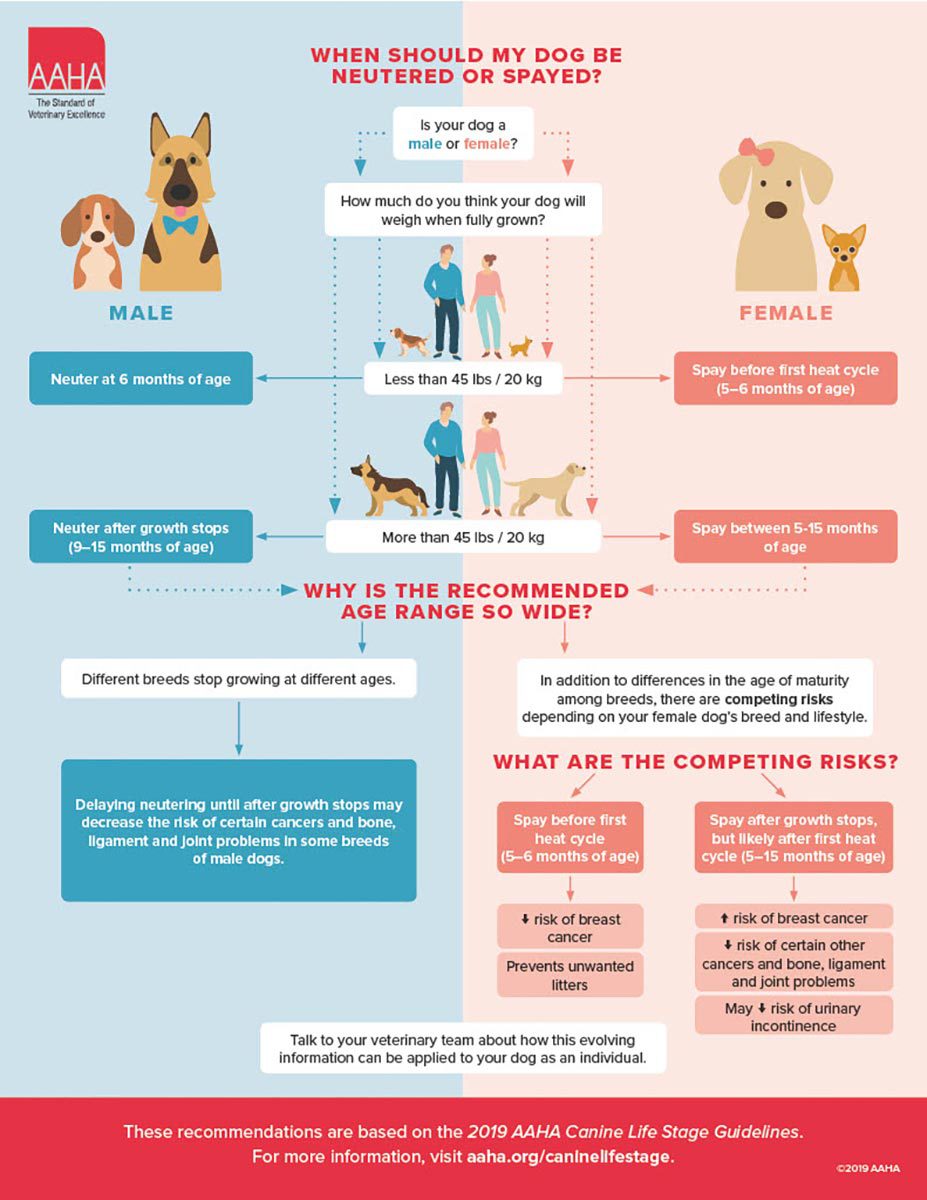
Credit: southeastoakvillevet.ca
Common Recovery Challenges
After spaying, dogs need time to heal properly. Recovery can have some common challenges that owners should watch for.
Knowing the signs of problems helps you act quickly to keep your dog safe and comfortable.
Infection Signs
Infection is a serious risk after surgery. Watch for redness, heat, or pus near the incision. Your dog may also have a fever or lose appetite.
- Swollen or red incision area
- Unpleasant smell from the wound
- Yellow or green discharge
- Fever or shivering
- Lack of appetite or vomiting
Excessive Swelling Or Bleeding
Some swelling is normal, but too much can be a problem. Heavy bleeding or large swelling may mean the wound is not healing well.
| Symptom | Normal | Warning Sign |
| Swelling | Mild, around incision | Large, spreading swelling |
| Bleeding | Small spots or crusts | Continuous or bright red bleeding |
| Touch Sensitivity | Little discomfort | Strong pain or pulling away |
Dealing With Lethargy
Lethargy is common after surgery but should improve daily. If your dog is very weak or not moving, this can be serious.
- Limit activity to help healing
- Encourage small amounts of water and food
- Check for other signs like vomiting or diarrhea
- Contact your vet if lethargy lasts more than two days
Helpful Recovery Tips
Spaying your dog is a common surgery that requires care after the procedure. Proper recovery helps your dog heal faster and stay comfortable.
These tips focus on making the recovery time safe and calm for your dog. Follow them closely to support your pet’s healing.
Creating A Comfortable Space
Set up a quiet and cozy area for your dog to rest after surgery. This space should be free from noise and distractions.
- Use soft bedding to cushion the dog’s body
- Keep the area warm but not too hot
- Place water and food bowls nearby
- Limit access to stairs and slippery floors
Using An Elizabethan Collar
An Elizabethan collar, or e-collar, stops your dog from licking or biting the surgery site. This helps prevent infection and wounds opening.
| Collar Type | Advantages | Disadvantages |
| Plastic E-Collar | Strong and effective | Can be heavy and uncomfortable |
| Soft Fabric Collar | More comfortable | Less protective |
| Inflatable Collar | Allows more movement | May not stop all licking |
Keeping Your Dog Calm
Calmness helps your dog heal and reduces stress on the surgery site. Avoid loud noises and busy activity around your pet.
- Offer gentle petting and soft talk
- Limit playtime and jumping for at least two weeks
- Provide chew toys to distract from the surgery area
- Keep other pets away if they are too active

Credit: www.reddit.com
Frequently Asked Questions
How Long Does Dog Spay Recovery Take?
Dog spay recovery usually takes 10 to 14 days. During this period, the incision heals, and activity is limited. Full recovery may vary based on the dog’s age and health.
What Are Common Spay Surgery Aftercare Tips?
Keep your dog calm and restrict exercise. Prevent licking the incision with an e-collar. Monitor the wound daily for redness or swelling. Follow your vet’s medication instructions carefully.
When Can My Dog Resume Normal Activity?
Light activity can resume after 10 to 14 days. Avoid running, jumping, or swimming until the incision fully heals. Consult your vet before increasing exercise.
What Signs Indicate Spay Surgery Complications?
Watch for excessive swelling, bleeding, or discharge at the incision. Lethargy, vomiting, or loss of appetite also require vet attention. Early detection ensures faster recovery.
Conclusion
Recovery after spaying your dog usually takes about two weeks. During this time, watch for any signs of discomfort or infection. Keep your dog calm and avoid rough play to help healing. Give medicines as the vet suggests. Check the incision daily to ensure it stays clean and dry.
Remember, patience and care speed up recovery. Your dog will soon feel healthy and happy again. Taking these simple steps helps your pet get back to normal quickly.

